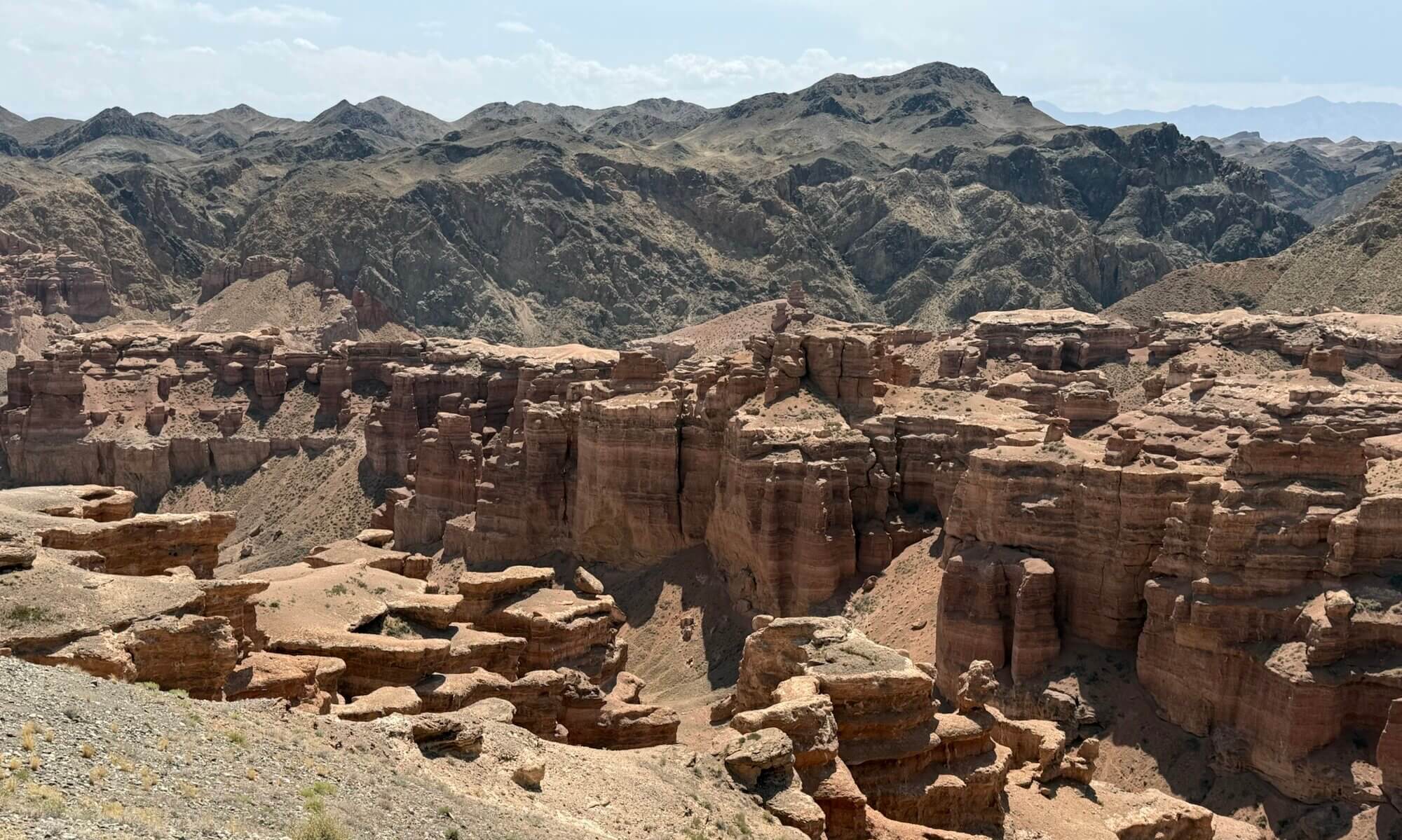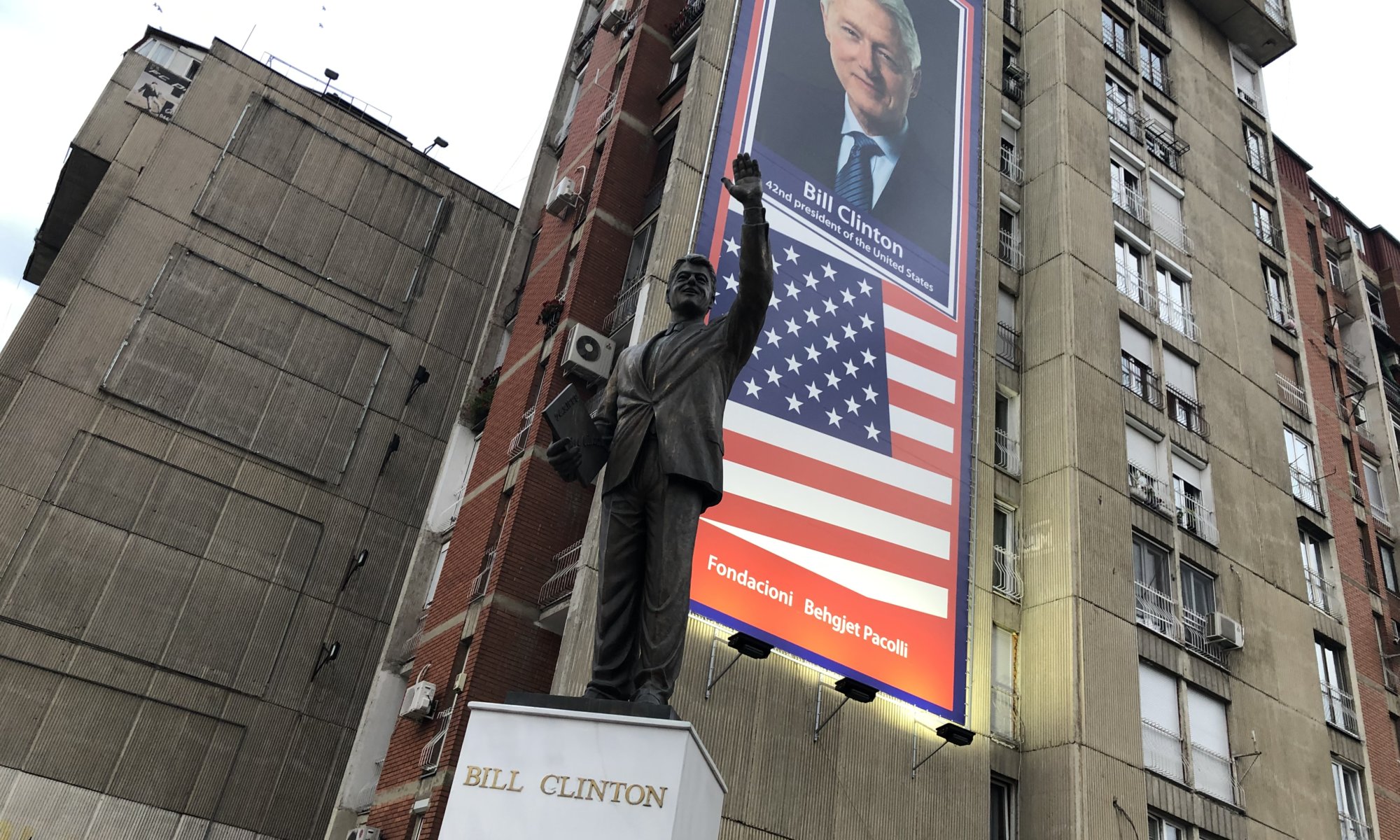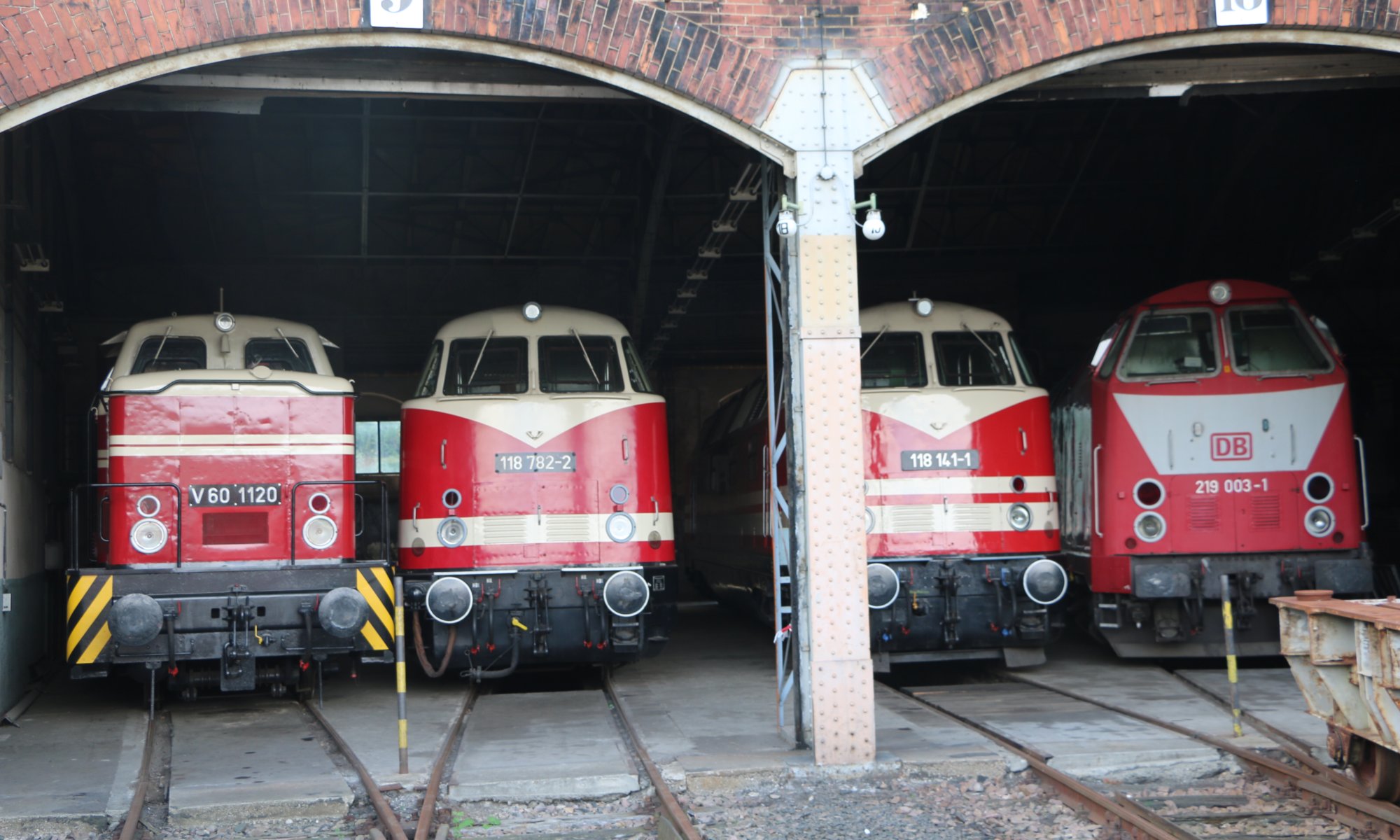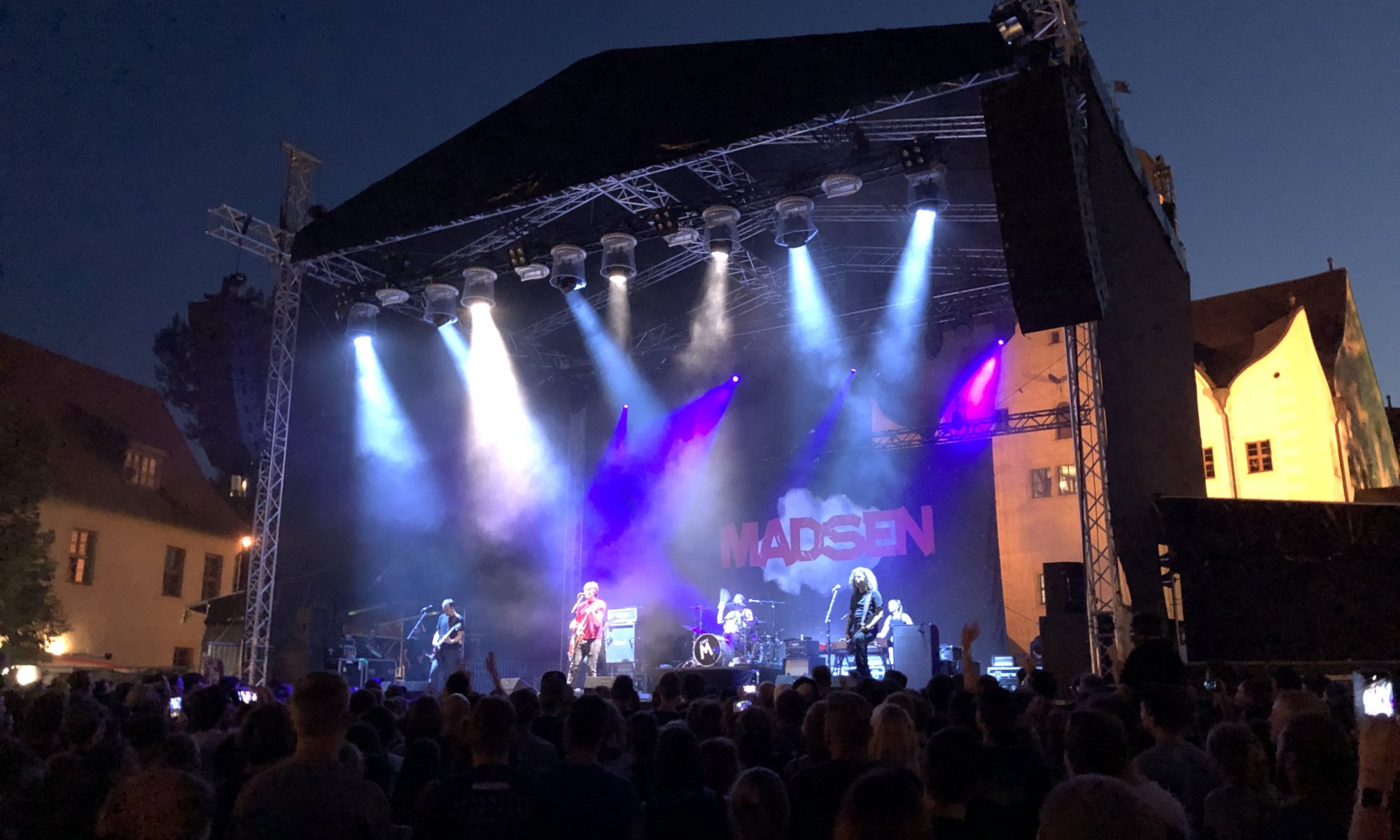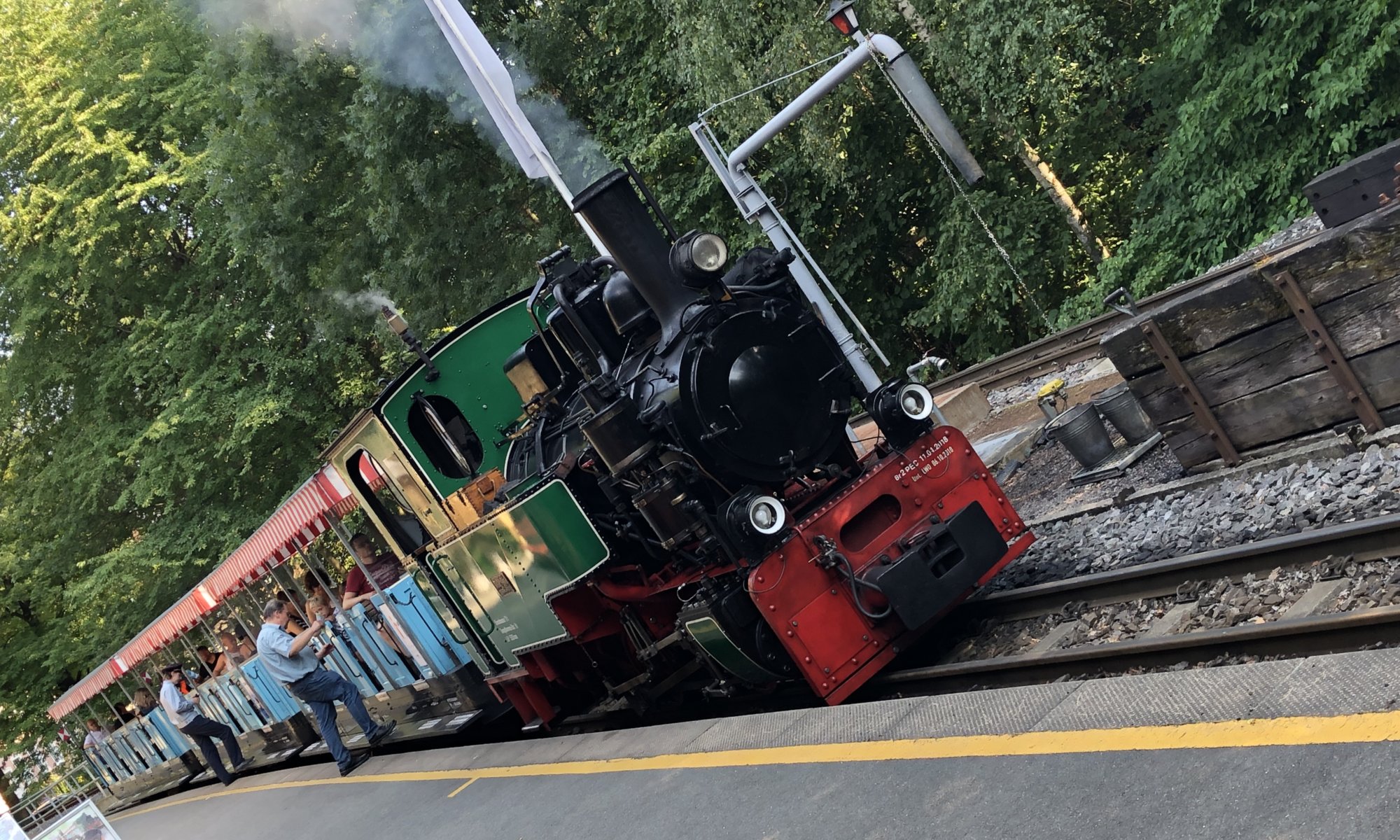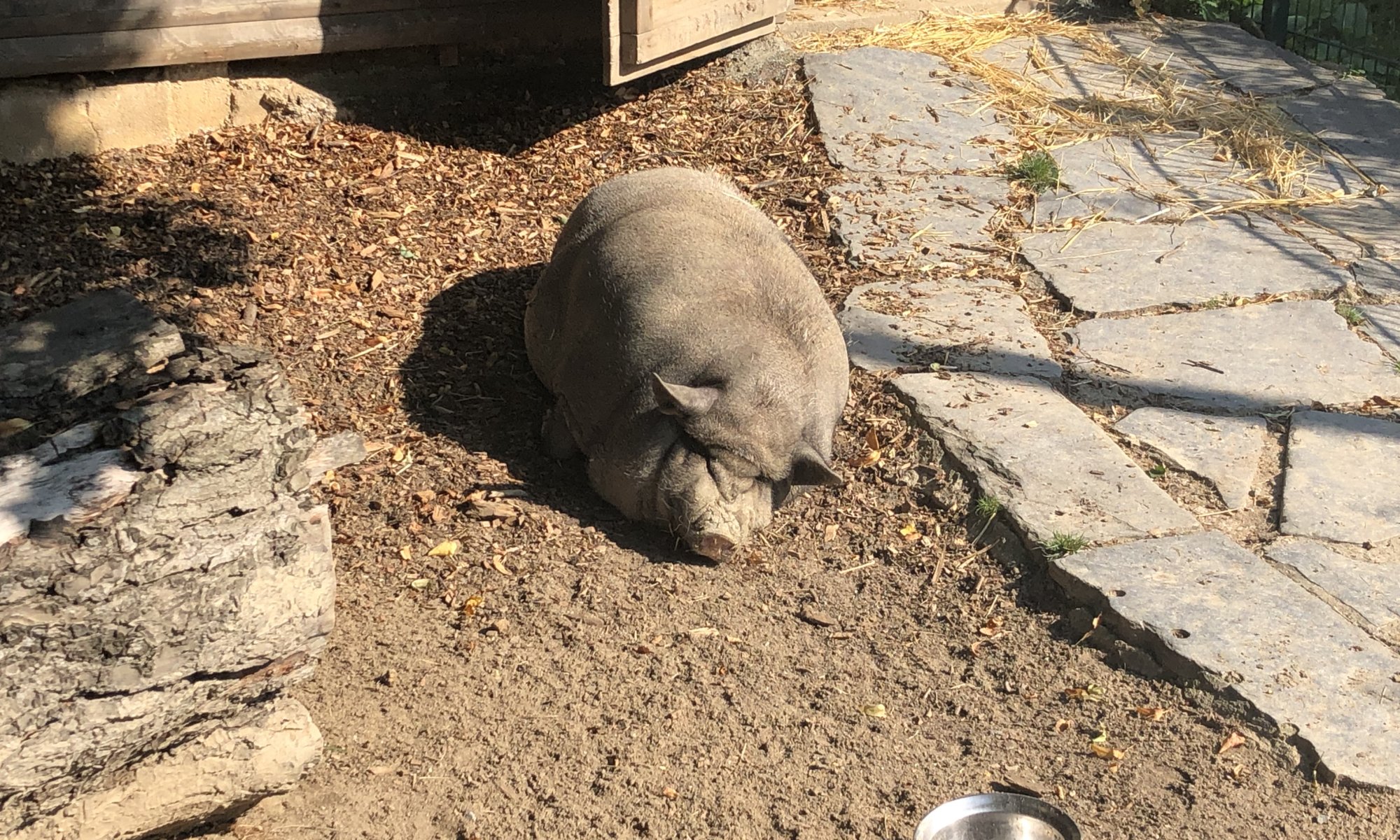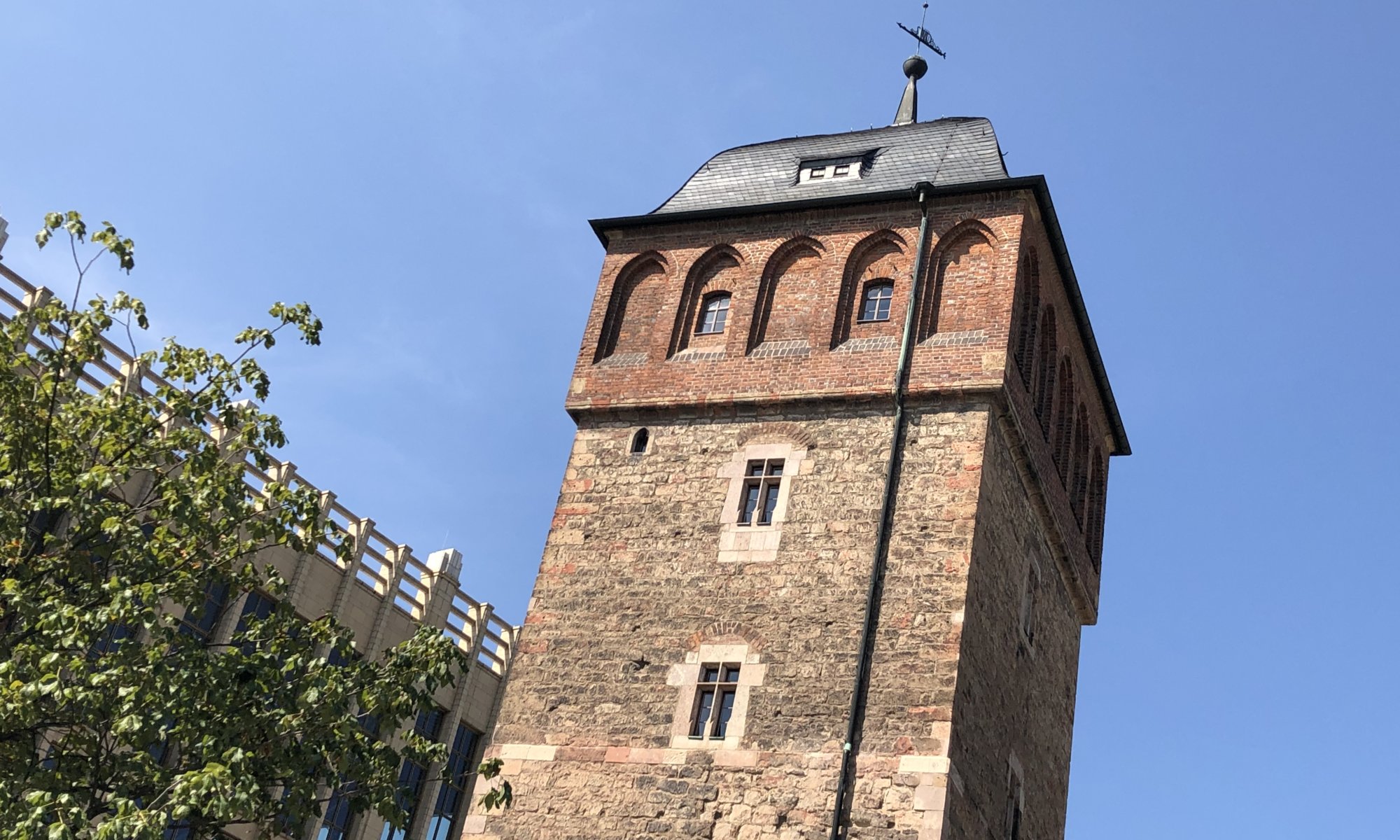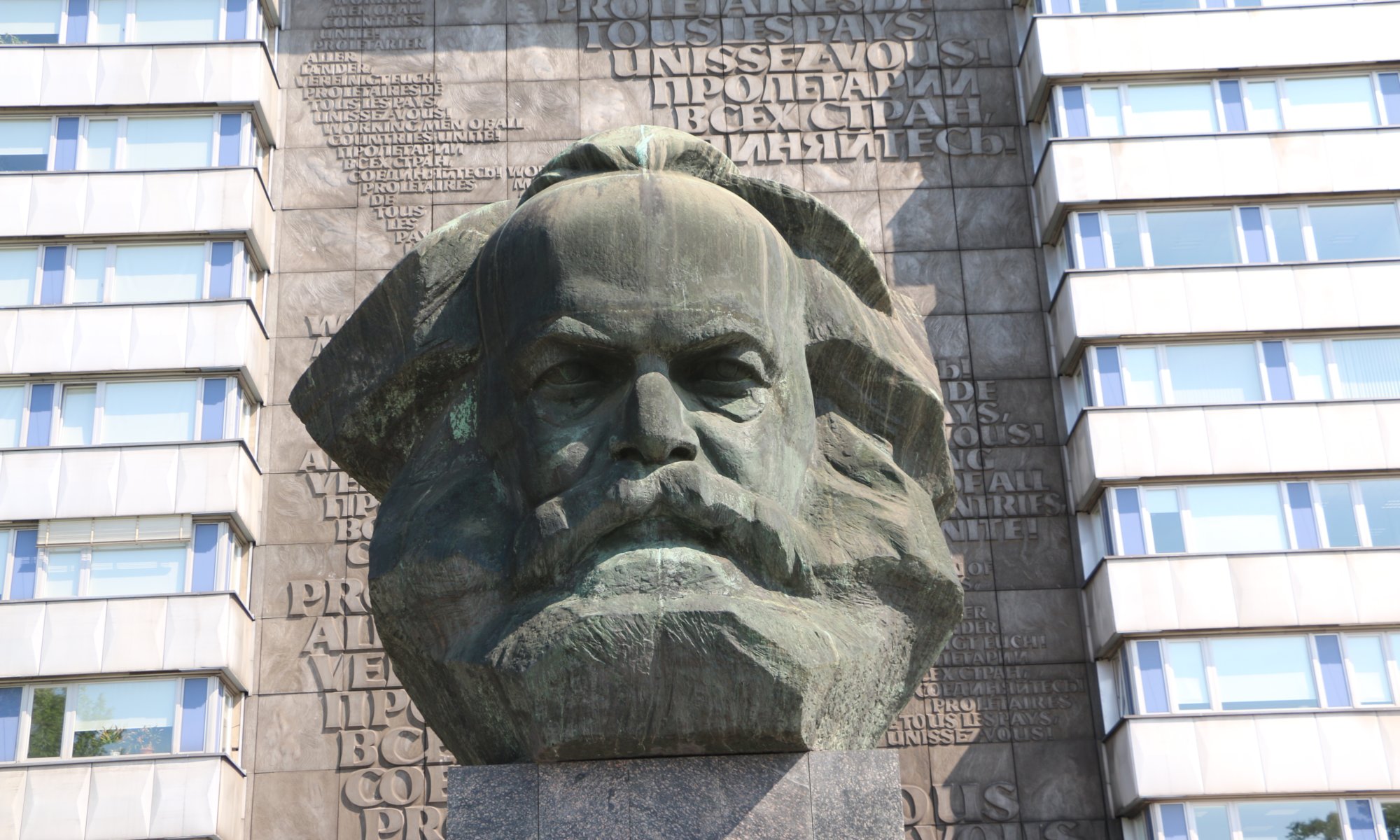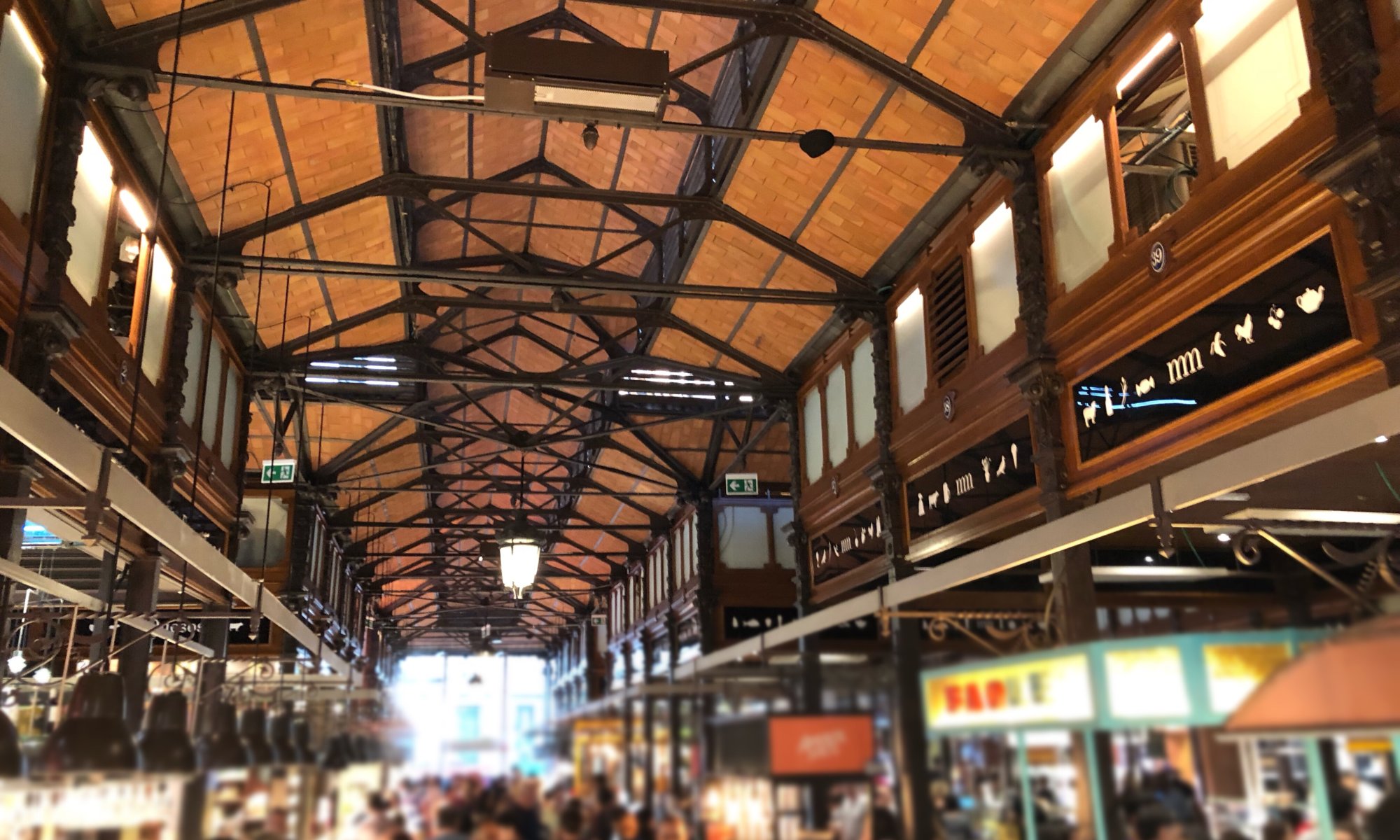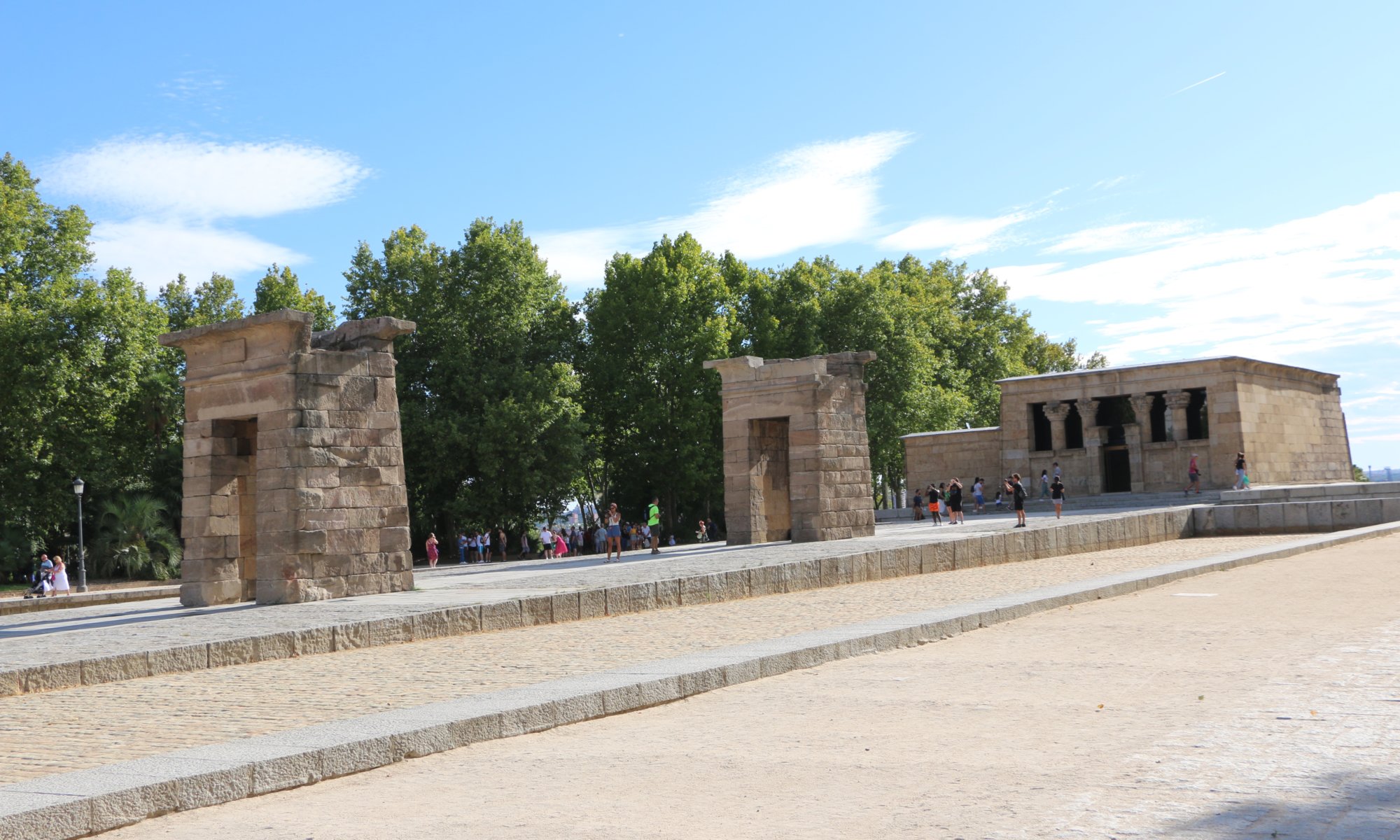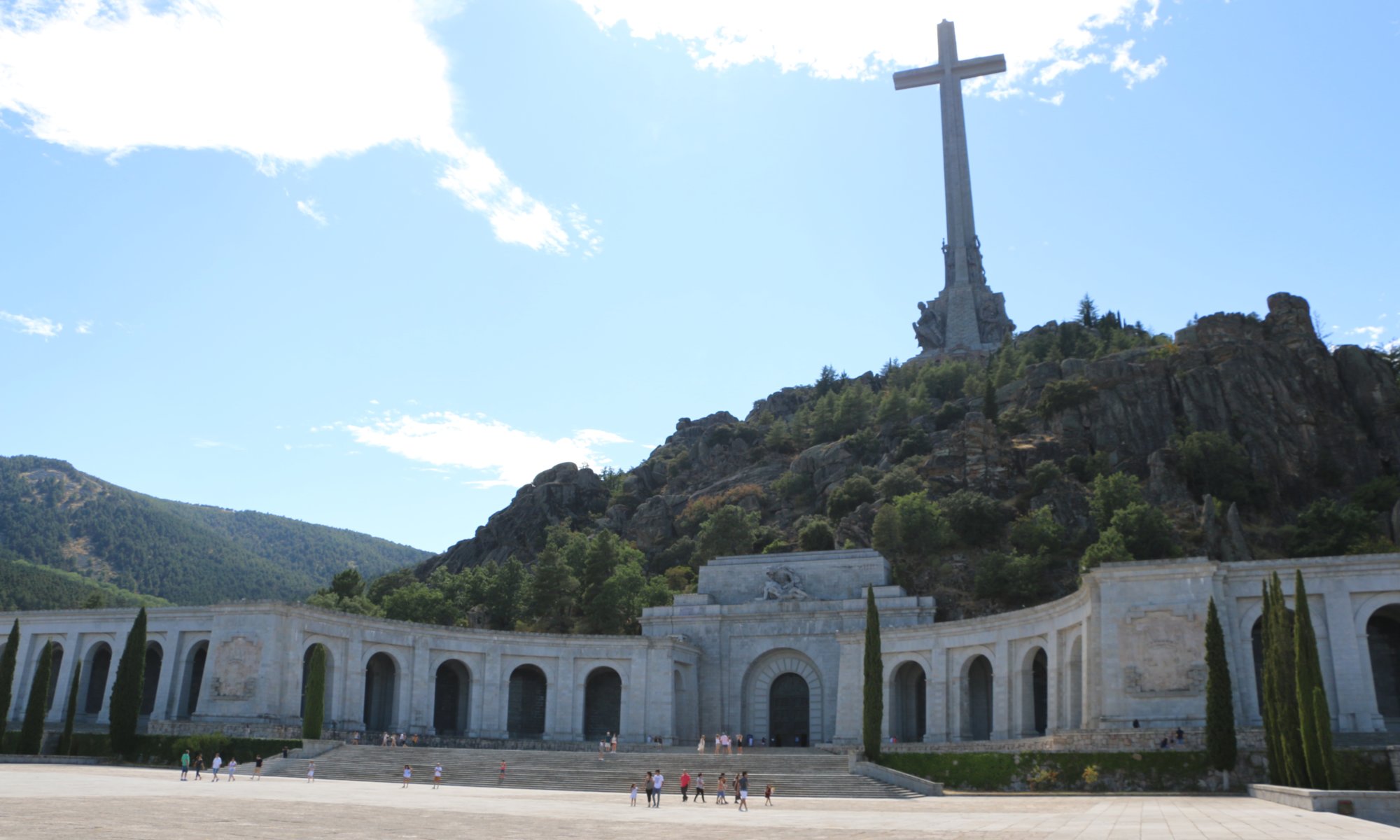When you get to the city of Prishtinë, Kosovo you will discover the strong appreciation of the locals towards the 42nd president of the United States of America: Bill Clinton. A big road in the city center is named Bulevardi Bill Klinton (the ‘K’ is no joke) and a statue of him. While we remember him as the guy who betrayed his wife with a trainee (‘I did not have sexual relations with that woman, Miss Lewinsky‘) he is seen in much better light in Kosovo. Another national hero is his former foreign minister Madeleine Albright for whom another statue was built. Why is that?
Continue reading “Bill Clinton”Depot
The Sächsisches Eisenbahnmuseum (Saxonian railway museum) at Chemnitz, Germany is a hidden gem for railway enthusiasts. It is located at the former Bahnbetriebswerk at Chemnitz-Hilbersdorf – a railway depot where until 1988 the maintenance for steam engine locomotives was carried out. It consists of two roundhouses filled with steam, diesel and electric locomotives, a narrow-gauge field railway and a lot more to discover. You can roam the vast area of the museum freely – which is part of the fun.
Continue reading “Depot”Wasserschloß Klaffenbach
Ten kilometers afar of the city center of Chemnitz, Germany you can find a wonderful castle surrounded by water – the Wasserschloß Klaffenbach. It was built between 1555 and 1560 in renaissance style and you can pass the moat on a stone bridge. In addition to the round lake the castle is standing in some V-shaped buildings are attached that today house a restaurant and a hotel. This place is nowadays often used for concerts of various music styles.
Continue reading “Wasserschloß Klaffenbach”Parkeisenbahn
In the Eastern Bloc there was an interesting tradition: narrow-gauge railways were built for the amusement of children. They were operated by the youth organizations of the local communist parties following the procedures and standards of normal railways. In the GDR they were all located within parks and typically had round courses. They were called ‘Pioniereisenbahn‘ – as the mass organisation for children in the GDR was the ‘Pionierorganisation Ernst Thälmann‘ (a copy of the Soviet ‘Komsomol‘). In 1990 the railways were renamed to ‘Parkeisenbahn‘ to remove the political touch.
Continue reading “Parkeisenbahn”Flora and fauna
A good area to relax can be found in the north of Chemnitz, Germany. There you can have a walk in the vast Küchwald park (and ride a narrow-gauge steam-engine train) and you’ll also find a nice botanical garden. It was already created in 1898 and contains numerous middle-European plants, a tropical greenhouse with crop plants, a collection of succulents and much more animals than you would expect at such a place.
Continue reading “Flora and fauna”Roter Turm
You wouldn’t guess it while visiting Chemnitz, Germany, but the Roter Turm (red tower) is considered the town’s landmark. It is a tower standing close to the city center which was built as a bergfried in the 12th century. Later it was included into the city fortifications and used as a prison. August Bebel (one of the founders of the Social Democratic Party in Germany) was one of the well-known ‘guests’ there, but that’s not the reason for the name: the material used to build it (tuff) has a red colour by nature. The fame of this building roots in the fact that it is older than Chemnitz and older than the city of Dresden.
Continue reading “Roter Turm”Kalle
Karl Marx never went to Chemnitz, Germany. But nevertheless the city was named Karl-Marx-Stadt between 1953 and 1990 to honour him. That is also the reason why you can find a massive, 7 meters high representation of his head close to the city center. It weighs 40 tons and was created by Soviet sculptor Lew Kerbel. In the background attached to a building you can read the words ‘Working men of all countries, unite!‘ from the communist manifesto (written by Marx and Engels) in four languages. Locals call the memorial ‘do Nischel‘ – ‘Nischel‘ just means ‘head‘ in the middle high German language.
Continue reading “Kalle”Mercado de San Miguel
If you’re in need of some tapas or a good glass of wine the Mercado de San Miguel at Madrid, Spain might be your favorite place. But you shouldn’t be afraid of masses of people in an ancient market hall. The building dates back to 1916 and already the design makes it worth to visit the place. Most people for sure come for the more than 30 vendors from which you can get small snacks of every kind and different drinks.
Continue reading “Mercado de San Miguel”Templo de Debod
Not far away from the Plaza España at Madrid, Spain you can find something quite suprising: an ancient Egyptian temple, the temple of Debod. How did that happen? When the Aswan dam was built in 1960 different archeological sites were threatened. The UNESCO then asked all countries around the world for help and as Spain helped to preserve the temple of Abu Simbel they received the small temple of Debod as a gift.
Continue reading “Templo de Debod”Valle de los Caídos
It is a place that makes me angry. I mean really angry. A beautiful place with impressive architecture. A symbol of the Spanish civil war. A place where you can see the differences in remembrance culture. A place that creates a lot of discussions still today. It is a place where I would immediatly leave the catholic church if I would by a member. And somehow this all makes it worth to visit the Monumento Nacional de Santa Cruz del Valle de los Caídos at San Lorenzo de El Escorial near Madrid, Spain.
Continue reading “Valle de los Caídos”